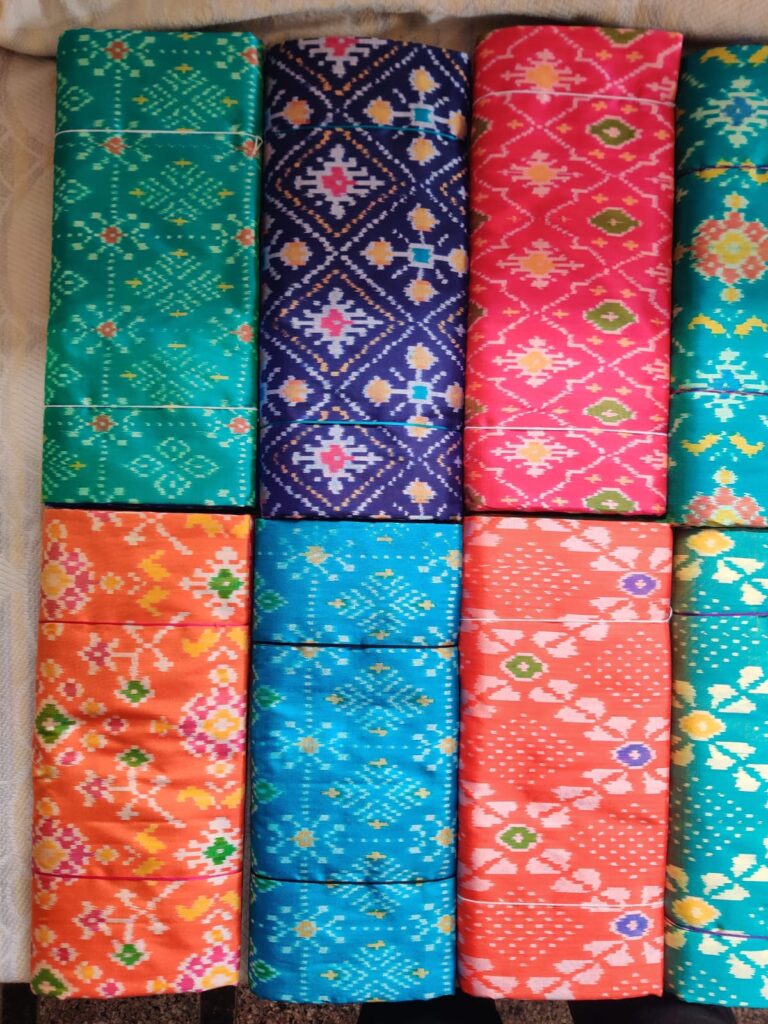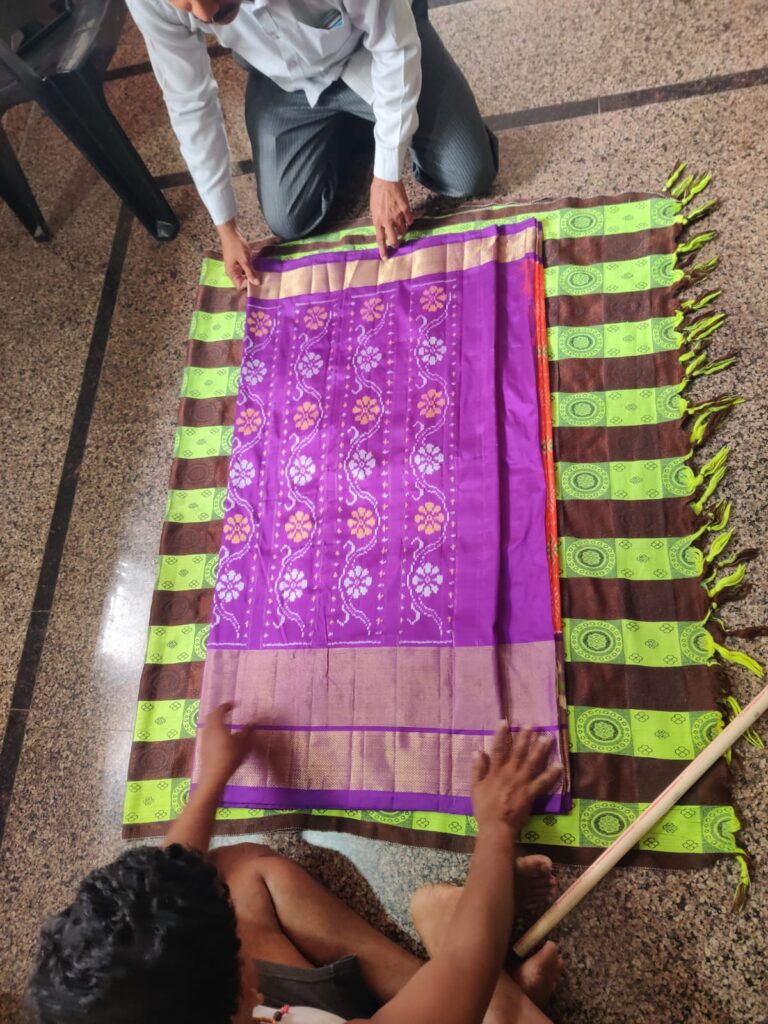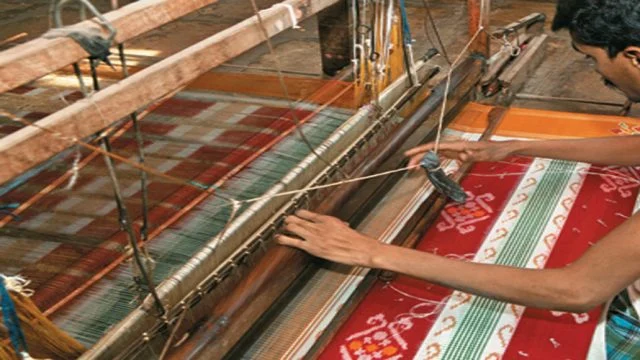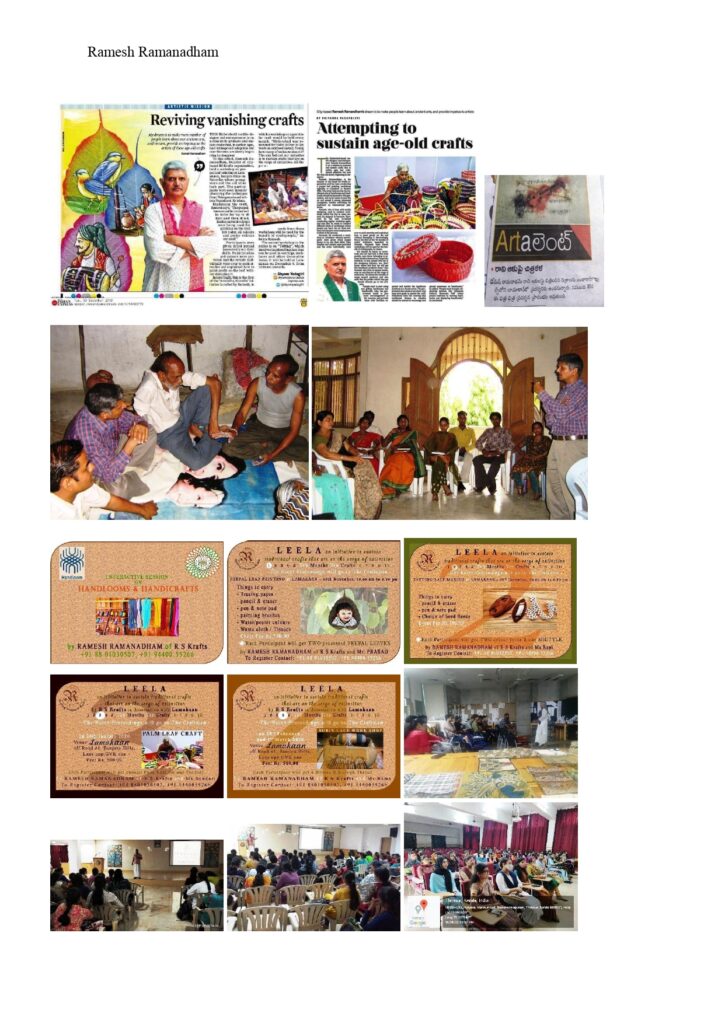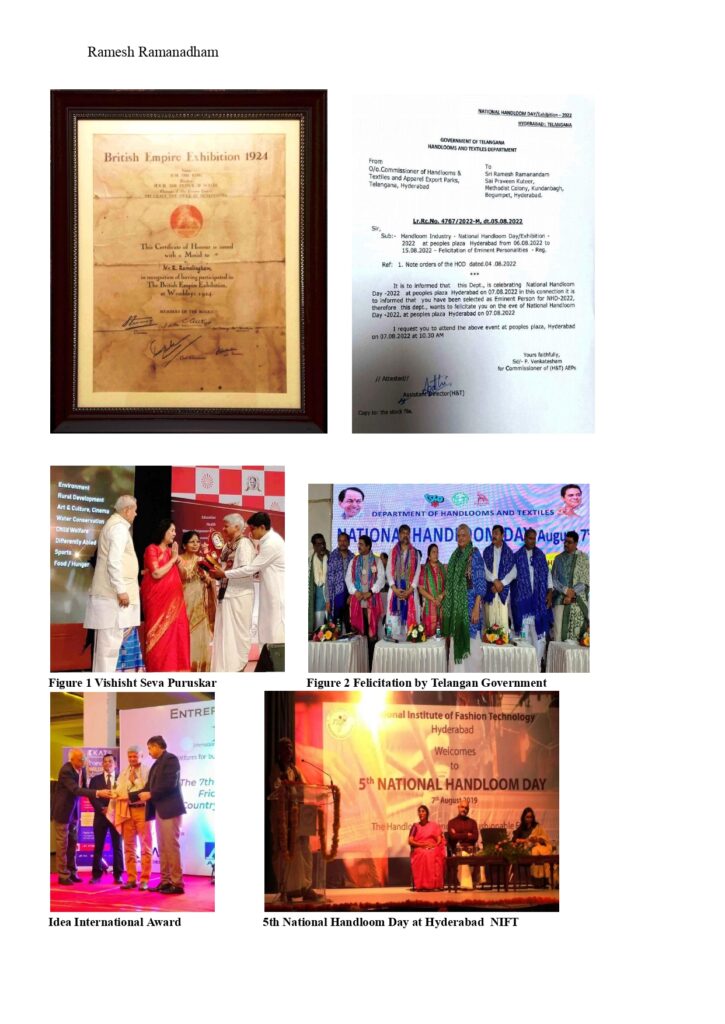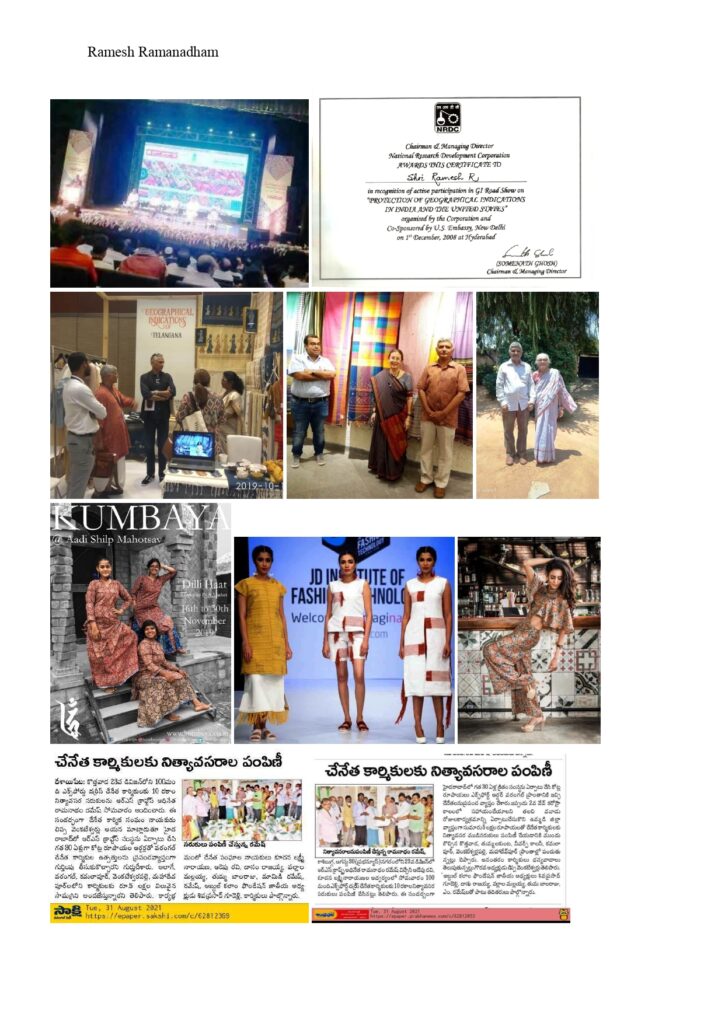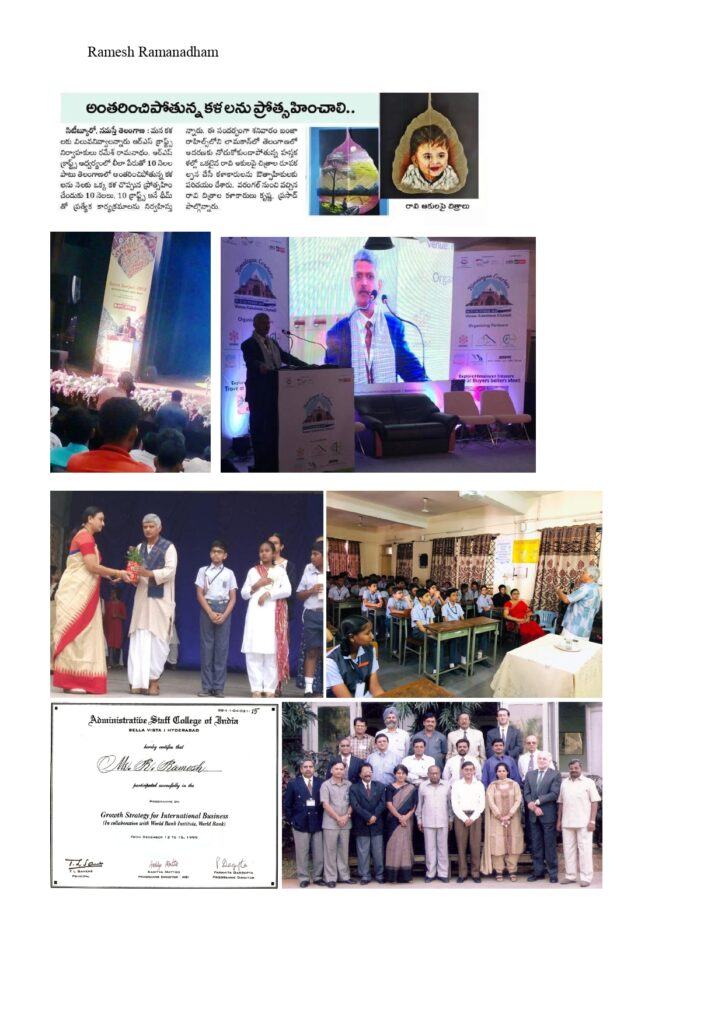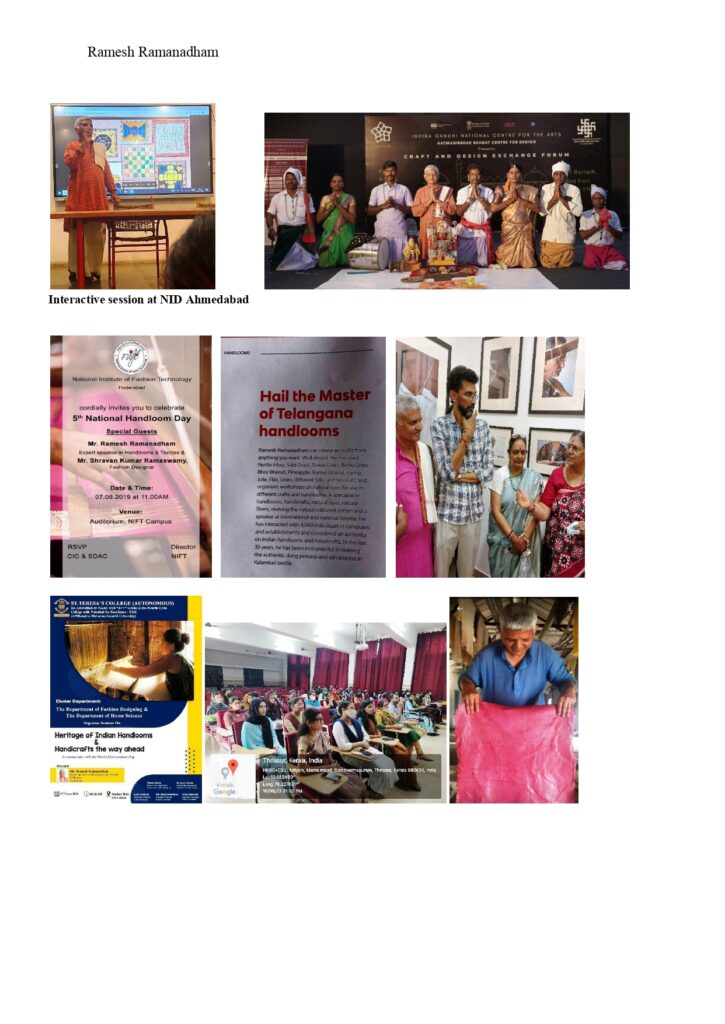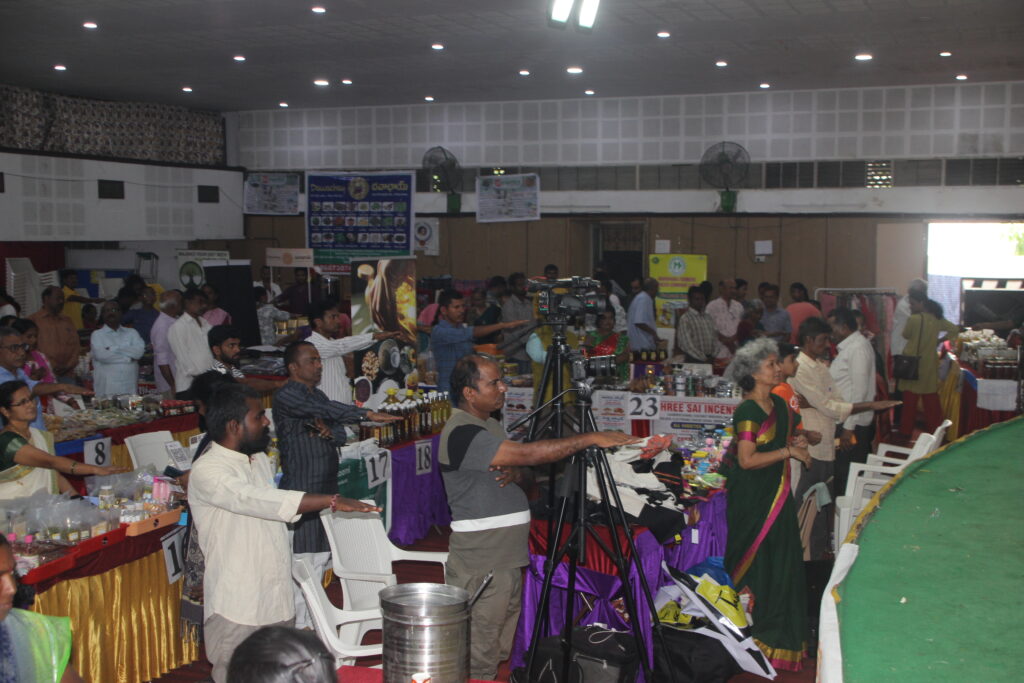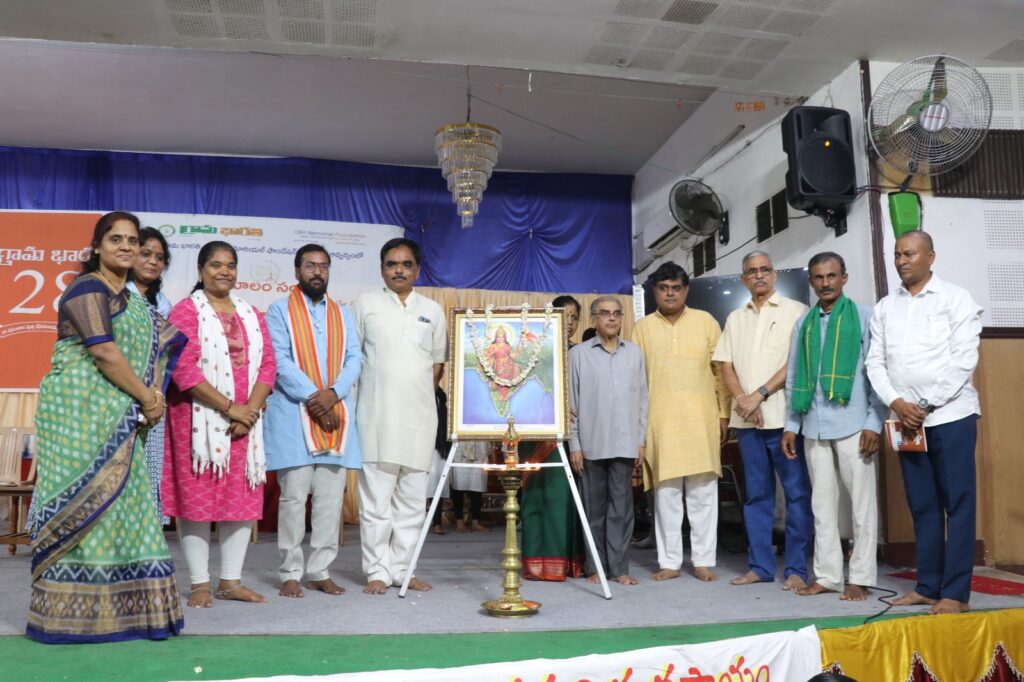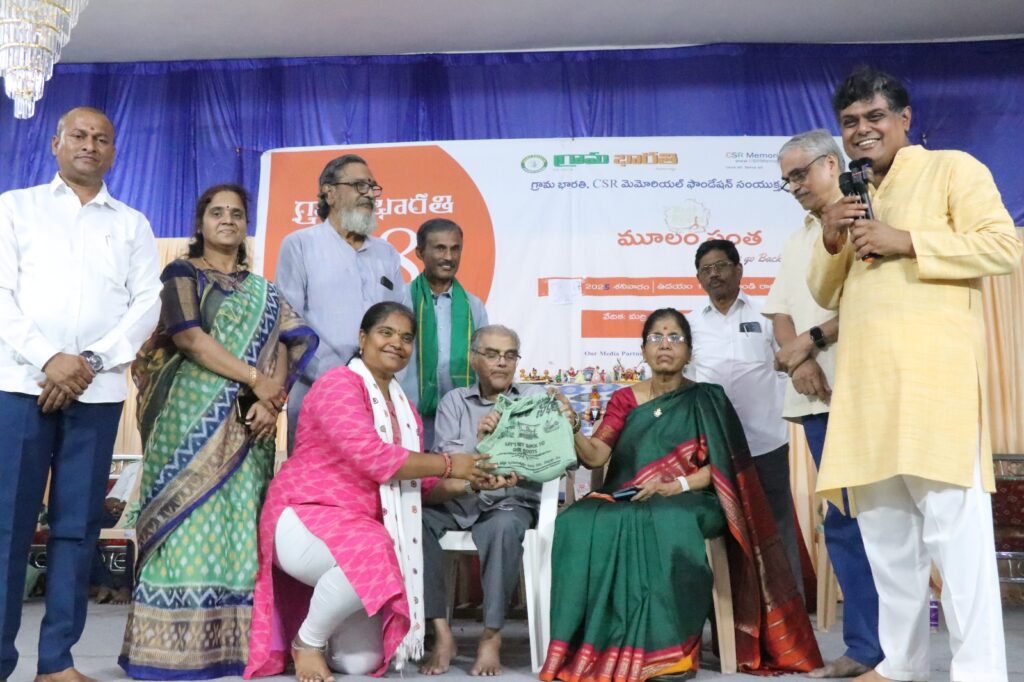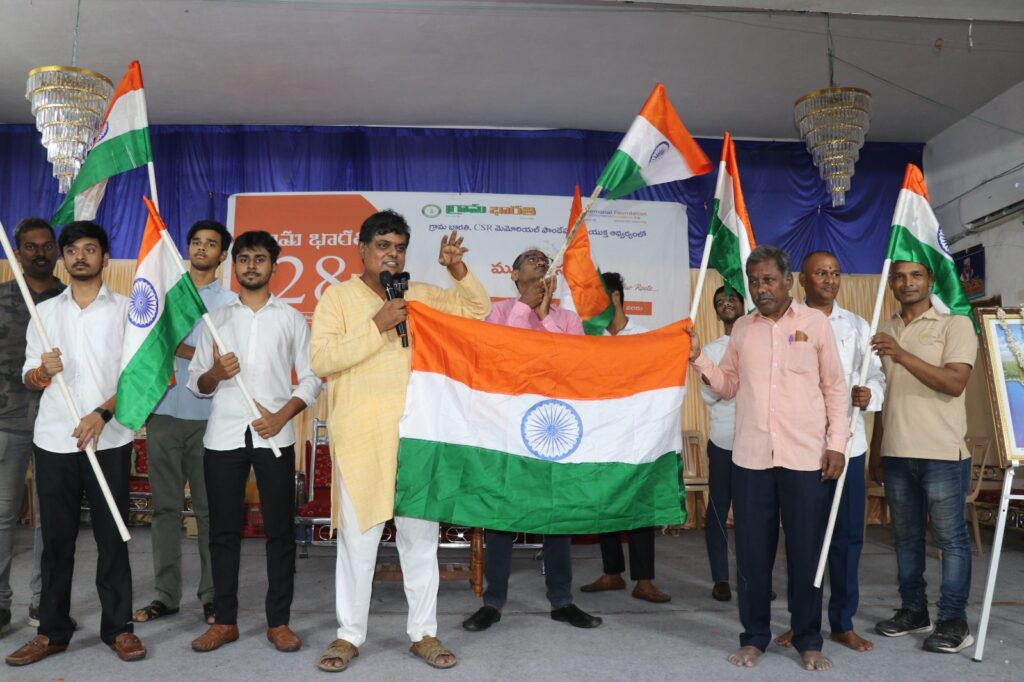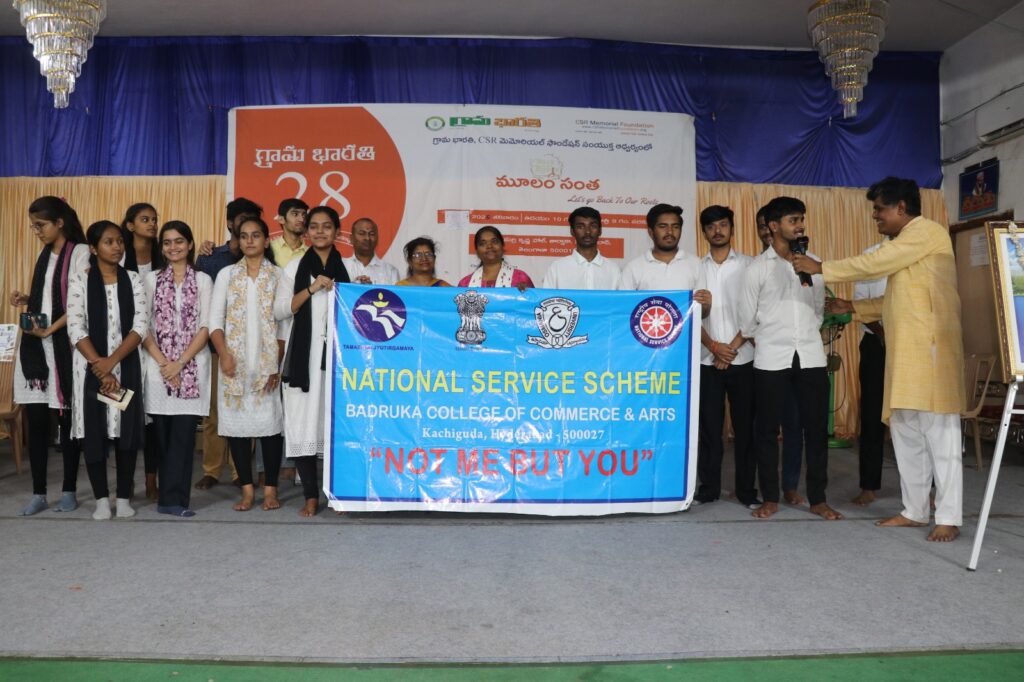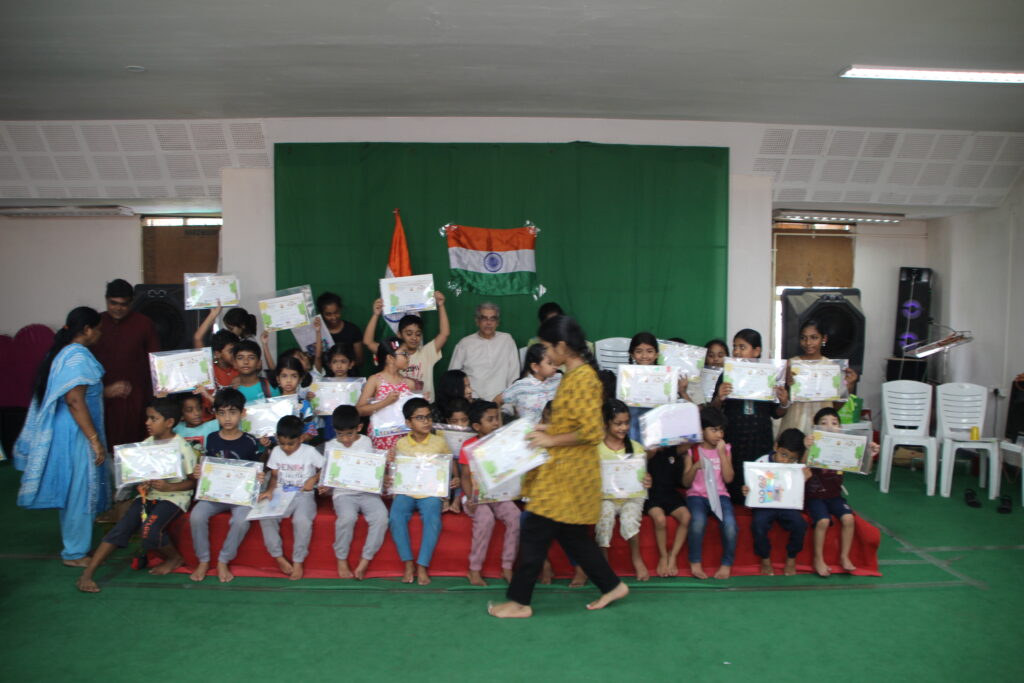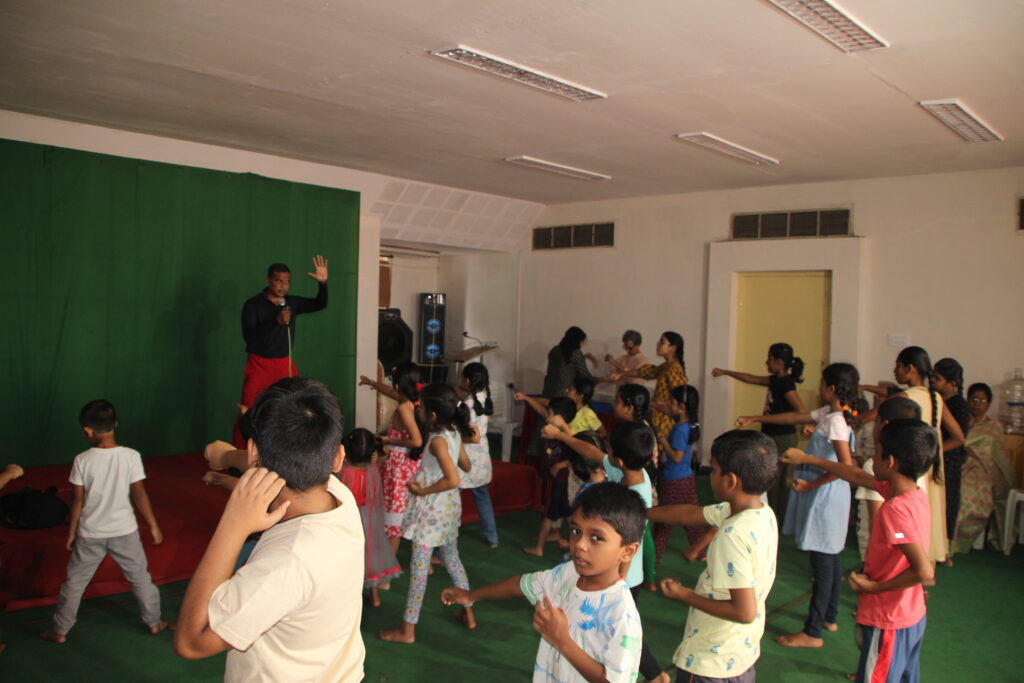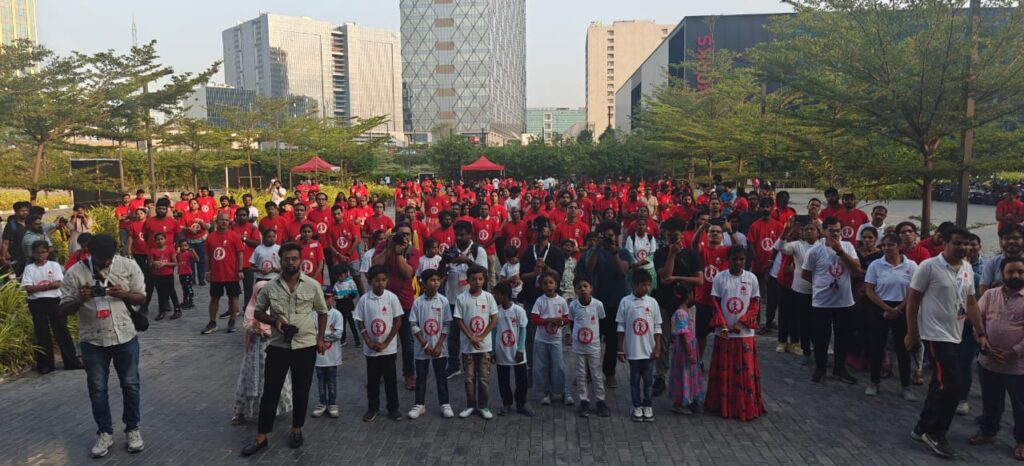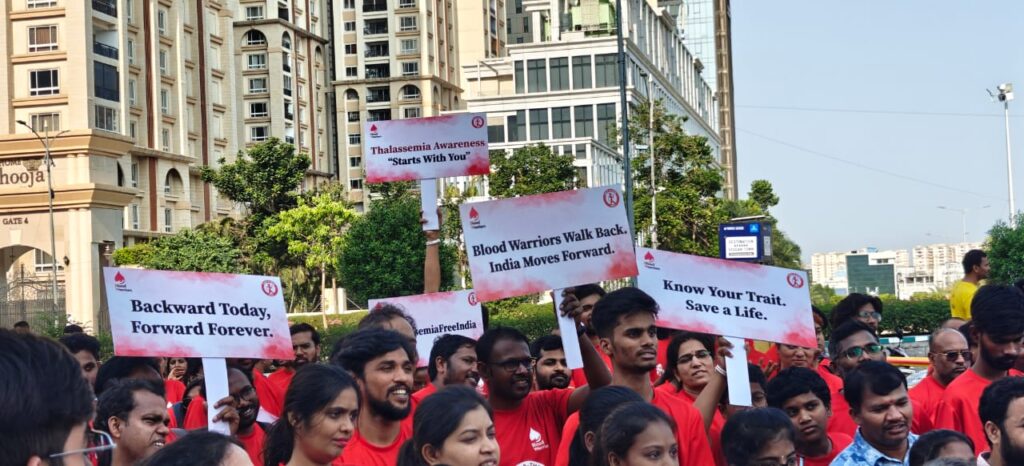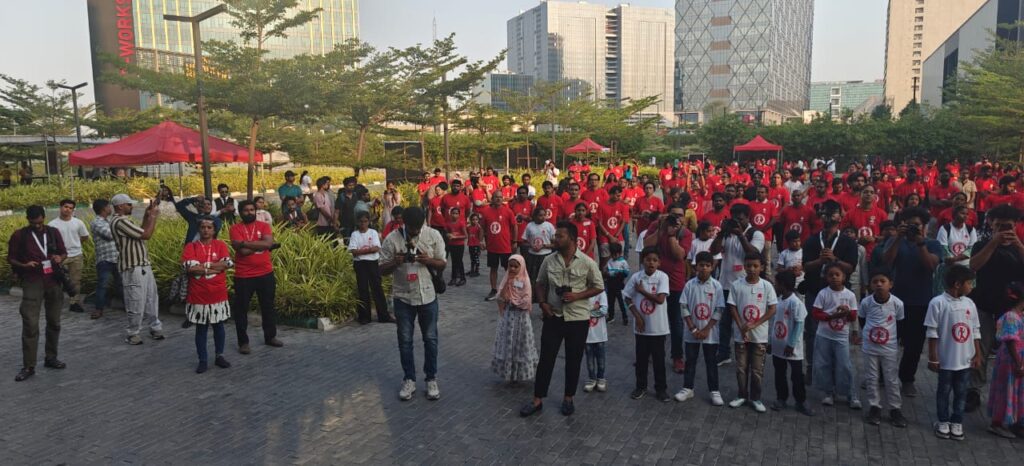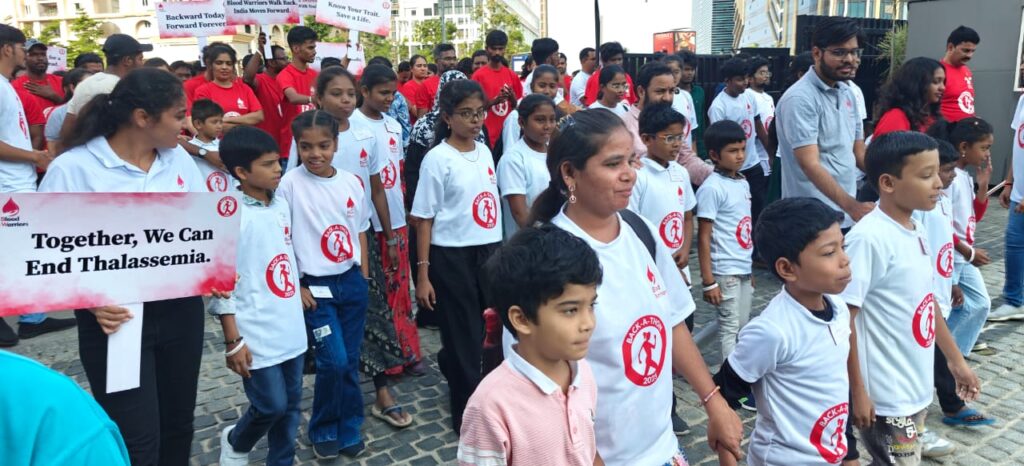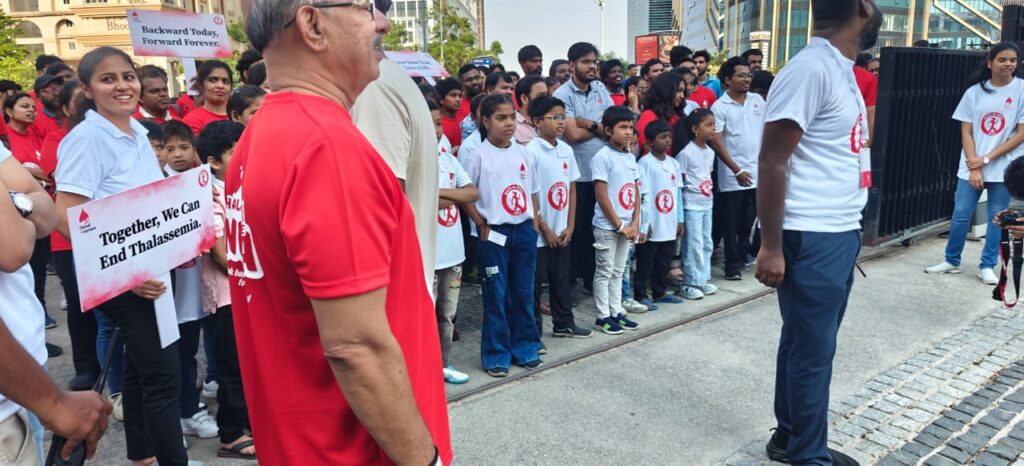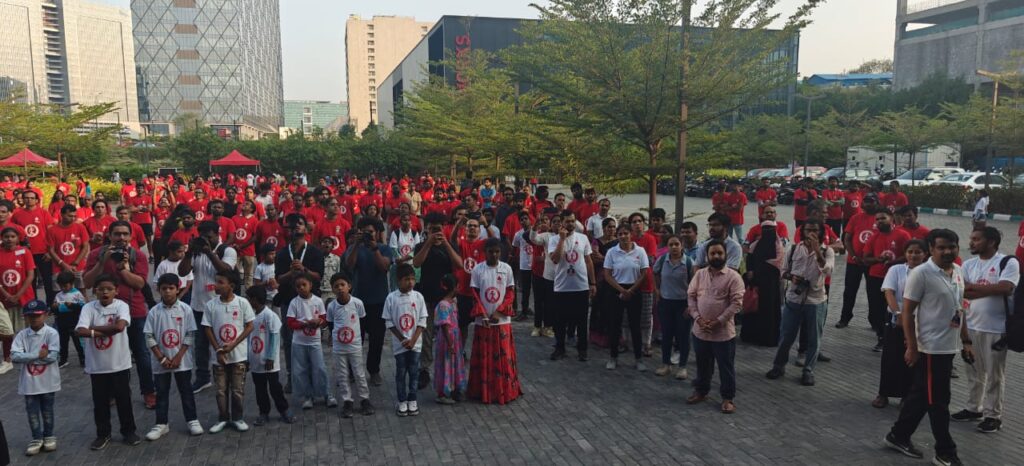RCB Crowned IPL Champions After 18 Years in Thrilling Victory Over Punjab Kings
Date: June 4, 2025
Venue: MA Chidambaram Stadium, Chennai
Result: Royal Challengers Bengaluru beat Punjab Kings by 6 runs
After 18 long years of heartbreak, near-misses, and relentless hope, Royal Challengers Bengaluru (RCB) have finally done it — IPL champions 2025! In an electric final that went down to the wire at Chennai’s Chepauk Stadium, RCB held their nerve to defeat Punjab Kings (PBKS) by just 6 runs, scripting a fairy-tale ending to a campaign led passionately by the ever-iconic Virat Kohli.
A Final Worthy of the Trophy
Coming into their fourth IPL final (after losses in 2009, 2011, and 2016), RCB carried the emotional weight of years of unfulfilled promise. But this time, they turned up with steel in their spine and clarity in their minds.
RCB Innings: 178/6
RCB won the toss and opted to bat first on a slightly sluggish Chepauk pitch. Their innings was anchored — fittingly — by Virat Kohli, who played a composed knock of 63 off 47 balls, guiding the innings through its ups and downs. The middle-order chipped in with crucial cameos — Glenn Maxwell (28 off 16) and Rajat Patidar (32 off 21) provided much-needed momentum, while Dinesh Karthik’s late flourish helped push the score to a competitive 178/6.
Punjab’s bowlers, especially Kagiso Rabada and Harshal Patel, kept things tight, but failed to completely choke the flow of runs in the death overs.
PBKS Innings: 172/8
Chasing 179, Punjab Kings started strong with Shikhar Dhawan and Jonny Bairstow putting up a solid 62-run opening stand. However, once Bairstow fell to Mohammed Siraj in the 7th over, the momentum began to shift.
RCB’s bowlers were sensational in the middle overs — spinners Karn Sharma and Glenn Maxwell applied the brakes, and wickets fell at regular intervals. Despite a fighting half-century from Liam Livingstone (54 off 33), Punjab stumbled in the final overs.
With 12 needed off the last over, Yash Dayal held his nerve and delivered a spectacular final over under immense pressure, giving away just 5 runs and taking a key wicket to seal the game.
Virat Kohli: The Redemption Story
No one deserved this moment more than Virat Kohli. After years of carrying the weight of expectations — both as captain and senior player — Kohli finally lifted the IPL trophy. The emotion on his face said it all: tears, joy, relief, and pride.
“This moment is beyond words. We’ve waited so long — the fans, the players, the franchise. It’s not just a trophy, it’s a reward for all those years of faith,” said Kohli in the post-match presentation.
Player of the Match:
Virat Kohli – 63 (47) & inspirational leadership.
Player of the Tournament:
Mohammed Siraj – for his consistent impact with the ball throughout the season.
Celebrations Erupt in Bengaluru
Back home, the city of Bengaluru erupted in celebration. From MG Road to Indiranagar, fireworks lit the sky, and fans poured into the streets chanting “Ee Sala Cup Namde” — finally turning the viral slogan into reality.
A New Era for RCB
With this long-awaited victory, RCB have finally shed the tag of “underachievers.” It’s not just about winning the title — it’s about rewriting history, silencing doubters, and celebrating the journey of a team that never gave up.
Congratulations, RCB. The crown is finally yours.

